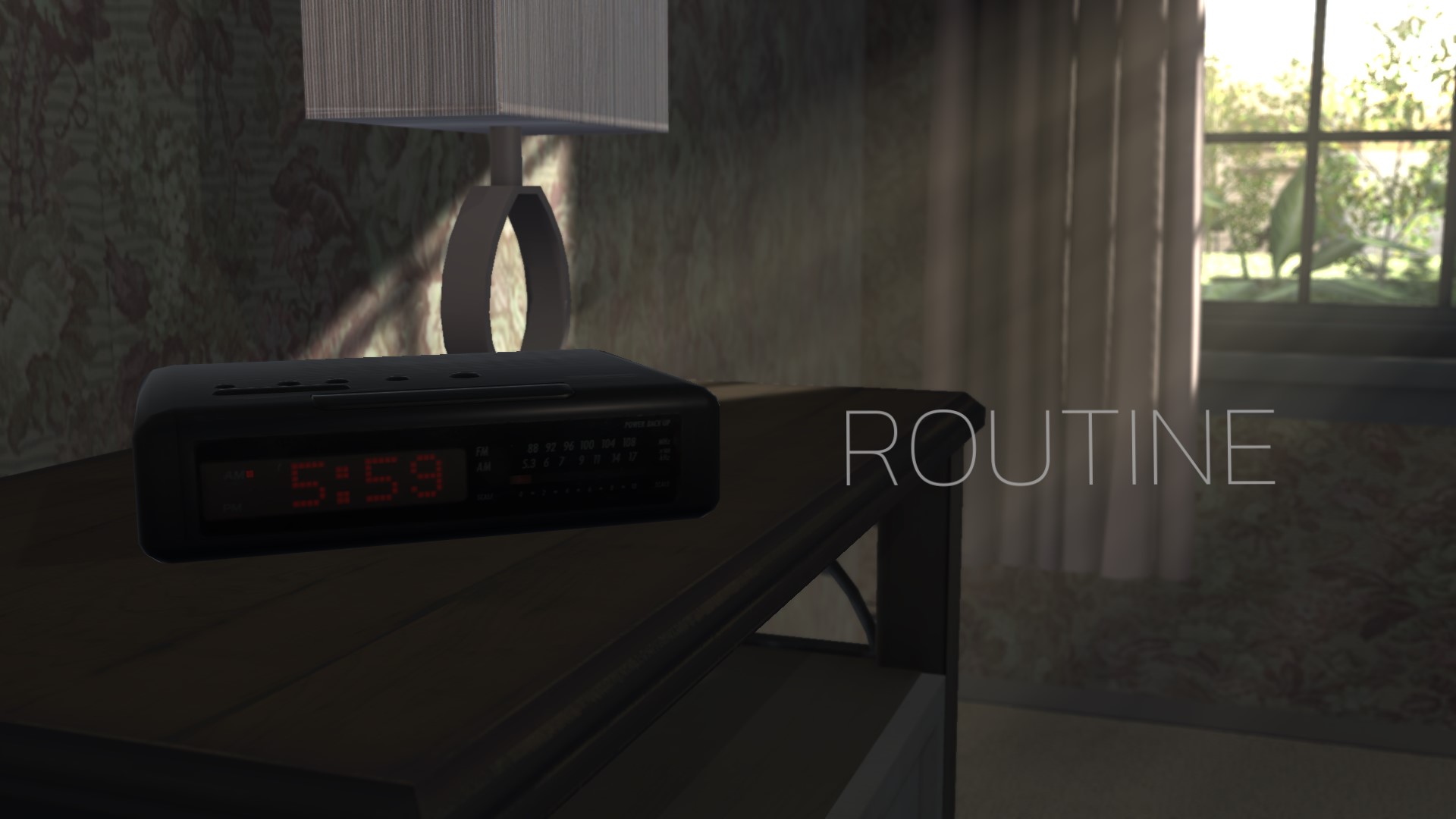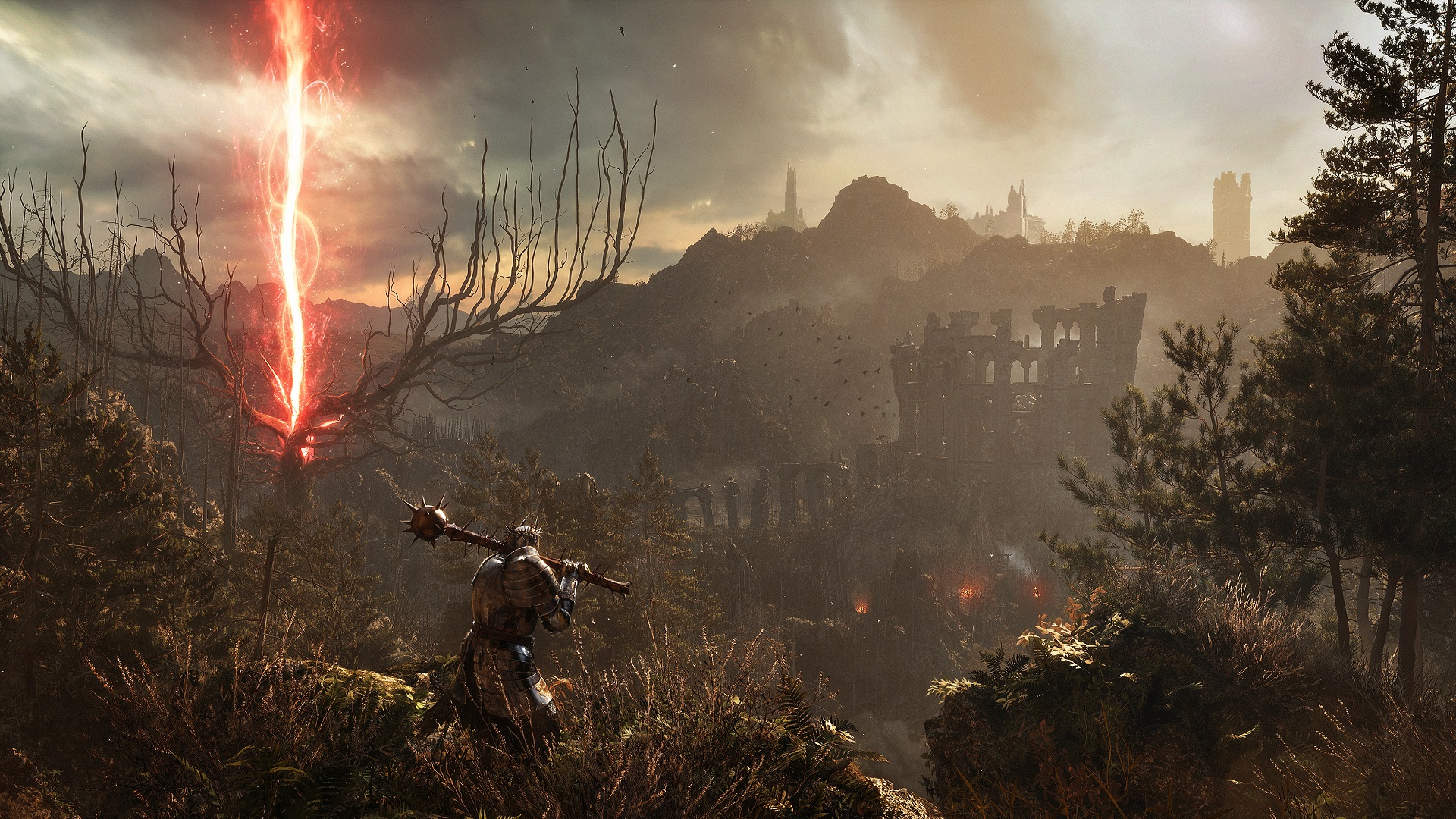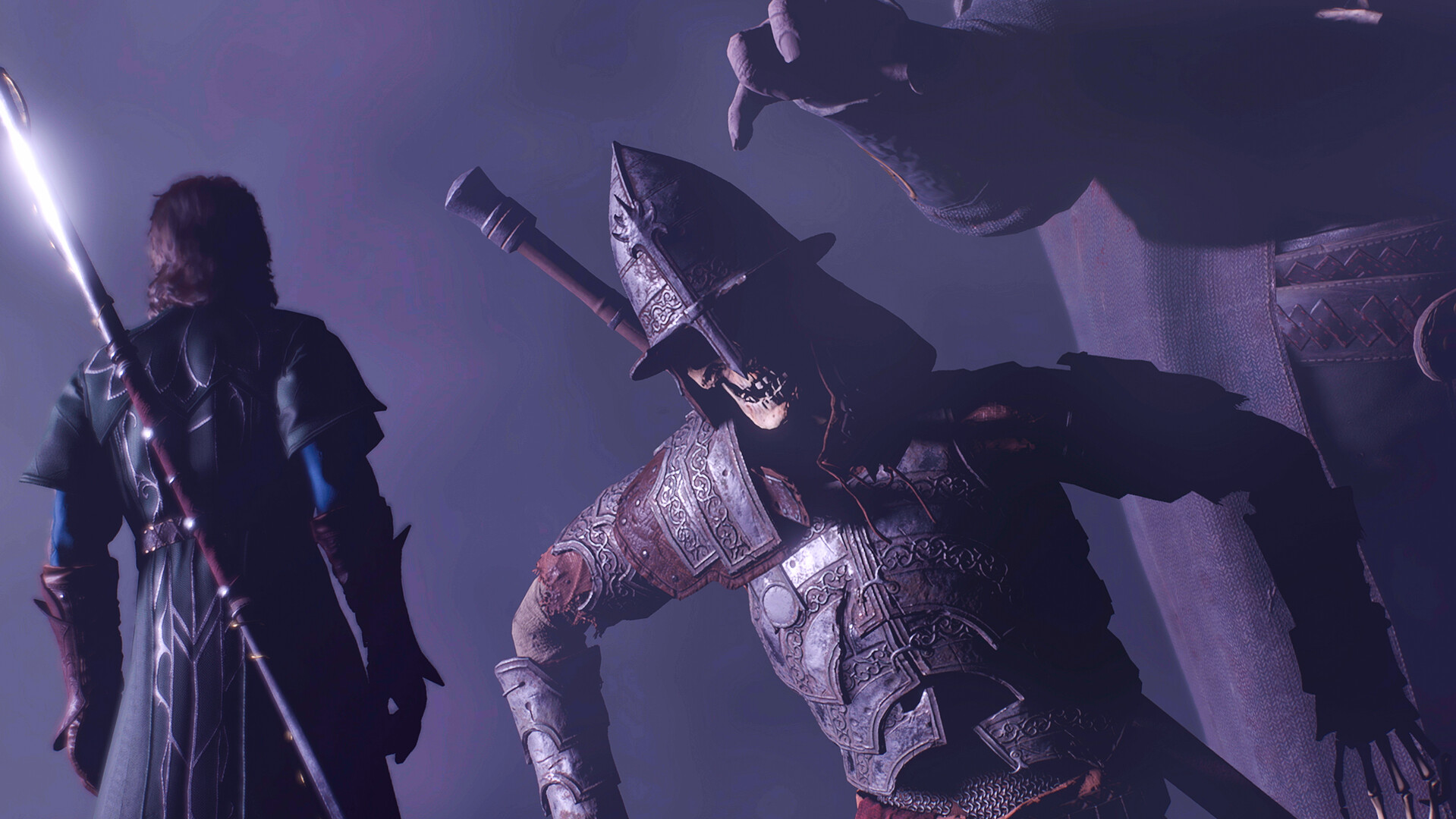
Ultra-Indie Spotlight Sundays – Routine
Welcome back, you sinful specters and spooky sorceresses! It’s been a while since our last Ultra-Indie Spotlight Sunday. I got wrapped up doing this little project called the Dread X Collection. But I’m back and more ravenous than ever for all manner of indie creations! This week’s suggestion comes courtesy of our fancy new Discord. If you want to drop in suggestions for what to check out for future installments, click the link here and let me know what tickles your ghoulish fancy. Feel free to even make a habit out of it. Make it part of your daily… Routine!

Conceptual Meta-Wank:
Repeating a scenario with slight alterations is a staple of the horror genre. When searching for an example, your brian likely jumped to P.T. for obvious reasons. The game’s bread and butter was making the same hallway progressively spookier. Same case for about the billion games that followed suit. But the technique didn’t spawn in Hideo Kojima’s noggin. Pretty much every piece of horror media does it to some extent. See a person closing their medicine cabinet over and over again, and you can guarantee that at some point there will be something spooky in the mirror. EarlierSilent Hill games made it their franchise trademark to re-imagine two versions of the same environment. And it’s with good reason that the technique is so widely used.
Horror is about scaring people. You have to shatter their sense of comfort. The problem is that games constantly have to adjust to new levels of comfort. Just like games need a difficulty curve, horror games need a spooky curve as well. One of the ways to cheat this system is establishing a pattern that sets a new level of comfort and familiarity. Put the player at ease, then hit them with a spook. However, it can be difficult to establish this new level of comfort when players expect it. You can only do the bathroom medicine cabinet mirror trick once before it becomes expected. Even then, you’re also fighting against every other piece of media that has already used the same trick. That bathroom mirror gimmick? You all immediately knew what I meant. And that’s why directors can’t really use it anymore. This is why games like Eternal Darkness: Sanity’s Requiem are so effective. They shift the paradigm of expectations into new dimensions that you didn’t expect. Fucking with volume, save files, a fly on the screen, etc. These were all expectations for a normal routine you didn’t even realize you had. With Routine, developer Corpsepile is looking to once again play with this concept of comfort, repetition, and expectations.

Non-Wanky Game Recap:
Routine is a brief indie adventure game that’s about as simple as you can get. Every morning you wake up at 6 am. You go to make yourself a cup of coffee. You look at your window. It then cuts to 9 pm. You sit in your living room and choose to either read a pamphlet, watch TV, or read the newspaper. Then you fall asleep. You wake up and do it all again, only this time something is different. There’s a body in your lawn. What happens next… I won’t spoil. Gameplay-wise, the word minimal doesn’t fully encapsulate how basic Routine is. You look at things and click to interact with them. There is only ever one thing to click on, except during the nighttime segment where there are three. You don’t even move your character. There is one puzzle later on that requires you to look around. It’s by no means bad. It’s minimalist for a reason.
As the game goes on, Routine begins to play with this idea of the routine itself. This is one of those ending fake-out games. Each “ending” isn’t really an ending, but a piece of a larger puzzle. So don’t quit, even when you think it might be, “over.” I won’t ruin the fun by spoiling it for you. Once again, this isn’t to say that the game is bad. It uses its minimal mechanics effectively. If it did it poorly, I wouldn’t be writing about it.

What Works:
The stripped-down mechanics allows Routine to flourish in two major ways. The first is the emphasis on the story. Just not in the traditional sense. There isn’t a ton to read. Instead, the game gives you a lot of bizarre pieces to try and fit together. How do pills, coffee, a red bird, and a hydron collider all fit together? Not perfectly. It’s like a puzzle with no corner pieces where the pieces don’t fit yet somehow the picture is still legible. It’s more a mosaic of elements that combine into a loose story. There’s plenty of interstitial space between the pieces to fill in with headcanon. It likely won’t satisfy if you’re looking for hard answers, but Routine doesn’t really need those to be effective. The picture it paints is well worth the journey.
The second big win for Routine comes from playing with the game’s titular routine. It’s very easy to get settled into the pattern. Wake up, push the alarm, grab the coffee pot, fill it with water, fill the coffee machine, etc. You begin to find ways to play with the routine within those confines. What if I just don’t wake up in the morning? When the game does finally alter the routine on its own terms, it’s genuinely unsettling. The way that Routine introduces new elements is unexpected. It all culminates in a scare that in other circumstances would be B-rate. But it packages it within other subversions that elevates it. It manages to do the unexpected, even when you already know it’s a game to expect the unexpected.

What Doesn’t Work:
Most of Routine‘s issues stem from blind spots in design that could be ironed out with QA. I wasn’t initially aware that I could select multiple things in the nighttime segments. It took watching another playthrough to realize there were objects to my left and right. This isn’t just me being a big dummy. The game conditions you to only look for one solution. There’s immediately one solution in front of the camera, and no indication that there are things to your sides. This leads to another big issue that I can’t really talk about without spoiling things. So I’ll just say that you can actually get to a certain point of the game without realizing you can turn. However, you cannot proceed without turning. That point of the game will loop indefinitely, giving you the impression that the game is done and there’s nothing more to it. This is how my first playthrough ended. As it’s essentially just an extension of the previous issue, I won’t belabor the point.
The game could also have used a few more loops. This isn’t really a criticism. More of a suggestion. It’s a free game and I’m not going to dunk on it for being short.

How to Fix It:
As I said in the previous section, the problems with Routine could have been easily solved with some outside QA. I can guarantee that Corpsepile just got used to those items being there and wasn’t really thinking, “what if the player doesn’t turn.” It sounds basic, but trust me. When you’re in your development cave, it isn’t. Developer tunnel vision is something I now am intimately acquainted with working on the Dread X Collection. An easy solution could be panning the camera left and right quickly to show the other objects. Or just having all three on the table. The problem isn’t next level, and neither are the fixes.
As for the length issue, the game could have used about 3-5 more loops. Like I said, not a criticism. The game is free and experimental. But the overall message about routines, endings, and expectations would have been driven home better with a few more divergent paths. You could either add them into the nighttime segment, or have a new diverging path point. Either way, a few more bizarre conclusions would have nestled nicely into the flow.

Wanky Musings:
I don’t want to overhype Routine. It isn’t a masterpiece. It’s incredibly short, mechanically basic, and has a story that borders on dadaism. There are definitely elements that could be tightened up and narrative beats better developed. But Routine managers to muscle its way into the tier of games that actually surprise you. There is a depth to Routine that you aren’t expecting. It’s got a mild version of the Stanley Parable meta-narrative without devolving into outright wank. And I like that. I’m eager to see what developer Corpsepile does with future work. Routine is definitely worth your time, and Corpsepile worth your attention.
If you want to check out Routine, you can click here to get it for free on itch.io.




